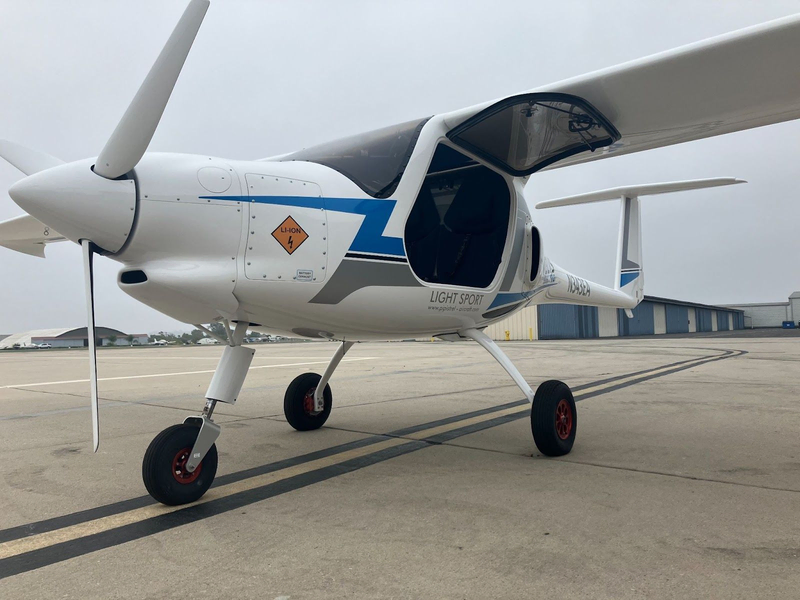
A European consortium led by the AIT Austrian Institute of Technology is to develop multifunctional structural components with an integrated semi-solid-state battery for use in aircraft as part of the EU MATISSE project.
Specifically, the AIT is talking about an “aeronautical application”. For larger commercial aircraft, direct electrification of the propulsion system is currently rather unlikely; here, e-fuels (or Sustainable Air Fuels, SAF for short, in aviation) are most likely to contribute to decarbonisation. However, some electric propeller drives are already being offered for smaller aircraft.
However, the key challenge in helping electric aircraft to gain more market share is not so much the electric motors as the energy storage systems. In order to meet the requirements of aviation, the batteries need a high energy density and must also be very safe. Solid-state batteries made from active materials with a high energy density and solid, non-flammable electrolyte are therefore ideal for this application – if they come onto the market in a few years’ time.
In order to optimise the installation of batteries in aircraft (whether purely electric or hybrid), the MATISSE consortium is pursuing a special approach: the solid-state batteries are to be designed as a load-bearing component and thus integrated into the structure of the aircraft fuselage. Until now, the batteries have not been a structural component of the aircraft design, but have been built into the load-bearing frame.
Specifically, the AIT is talking about an “aeronautical application”. For larger commercial aircraft, direct electrification of the propulsion system is currently rather unlikely; here, e-fuels (or Sustainable Air Fuels, SAF for short, in aviation) are most likely to contribute to decarbonisation. However, some electric propeller drives are already being offered for smaller aircraft.
However, the key challenge in helping electric aircraft to gain more market share is not so much the electric motors as the energy storage systems. In order to meet the requirements of aviation, the batteries need a high energy density and must also be very safe. Solid-state batteries made from active materials with a high energy density and solid, non-flammable electrolyte are therefore ideal for this application – if they come onto the market in a few years’ time.
In order to optimise the installation of batteries in aircraft (whether purely electric or hybrid), the MATISSE consortium is pursuing a special approach: the solid-state batteries are to be designed as a load-bearing component and thus integrated into the structure of the aircraft fuselage. Until now, the batteries have not been a structural component of the aircraft design, but have been built into the load-bearing frame.










